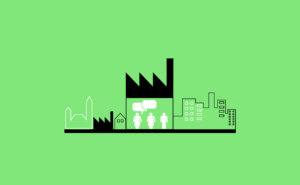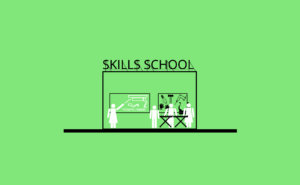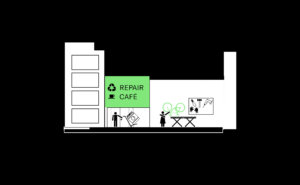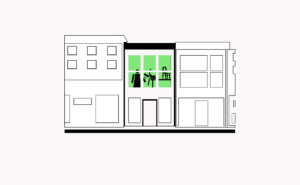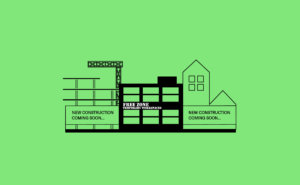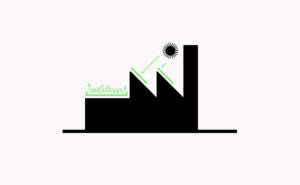
R.1 Making Making Visible
Manufacturers need visibility to connect their products and services with the local market, while ensuring that the general public values what manufacturing does for the city.
[Context] Visibility, in terms of communications campaigns, local branding, promotional events or simply prioritising local products in public and private contracts, are important for local manufacturers to have an edge over imports and help strengthen the local economy. By making making visible, businesses can help to communicate their goods and services, develop pride in the locally made (‘Made in My City’), help enforce local culture and particularly to help raise awareness and create value in what is being made locally.
[Problem] After decades of decline, gentrification or land use change, manufacturing and industrial areas have not only lost their immediate relevance to local citizens, but have also become pushed out of sight of daily life for most residents. This has created a large divide between makers and their local markets or between manufacturers and their neighbours. As a result the general public knows little about manufacturers and little is done to support them. For the sector in general, lack of visibility means manufacturers (and associated services) are losing their place in society. Production processes have also become highly complex which make it difficult for the general public to understand. This has knock-on effects. Less people are interested in following traineeships, investing in local products or supporting local businesses. Other land uses (such as housing or commercial spaces) are becoming prioritised at a political level. Furthermore, neighbours have become increasingly intolerant to externalities from manufacturers (such as traffic or noise) in part because neighbours are less likely to work in the sector, they have a lack of awareness of what businesses do or what they contribute to society. While some businesses have begun to use marketing to their advantage (R.2 Transparent Making and B.3 Public Face), there remains a vast amount of making that the local community is unaware of yet is dependent on, on a daily basis.
[Forces] While few businesses will refuse better advertising, many lack the time, resources and competency to actually do it themselves. Conversely, some businesses depend heavily on secrecy and intellectual property which makes making challenging to communicate – car factories or pharmaceutical companies for example. More importantly, industrial neighbourhoods rarely have the financing or the organisational capacity to build awareness of what is produced locally. Finding an organisation capable of communicating a relevant message to capture the attention of the local market is therefore challenging in terms of expertise and financing. Some industrial districts also would prefer to remain unnoticed as they don’t see the direct benefit of drawing attention to their businesses.
[Solution] To improve exposure of local manufacturers and communicate their production processes, build communications campaigns that address both immediate neighbours and the larger urban context. Visibility can come in many formats ranging from traditional advertising, to events and even exposing how the manufacturing process operates. Firstly, simple media campaigns can raise awareness of the materials, processes and people behind local products. This message could come from public agencies, business organisations or community groups supported through R.10 Place-based Financial Levers. Secondly, R.2 Transparent Making can help build trust through creating traceability. Tours, open days and presentations allow citizens and neighbours to see for themselves, particularly giving an insight into businesses that are otherwise hidden behind closed doors and large walls. N.7 Local Design and Prototyping can be particularly captivating, while P.7 Spaces for Development and Education are useful to attract students. Finally, exposing production related infrastructure can render manufacturing an attraction in itself. A B.3 Public Face is a simple and important way to expose the production process and also to improve brand awareness, strengthen local cultural identities and potentially increase customers. To apply all of these interventions, it is useful to have an dedicated intermediary such as the R.3 Curator who has the responsibility to communicate a realistic view of the local manufacturing sector.
[Contribution] Add contributions here.
